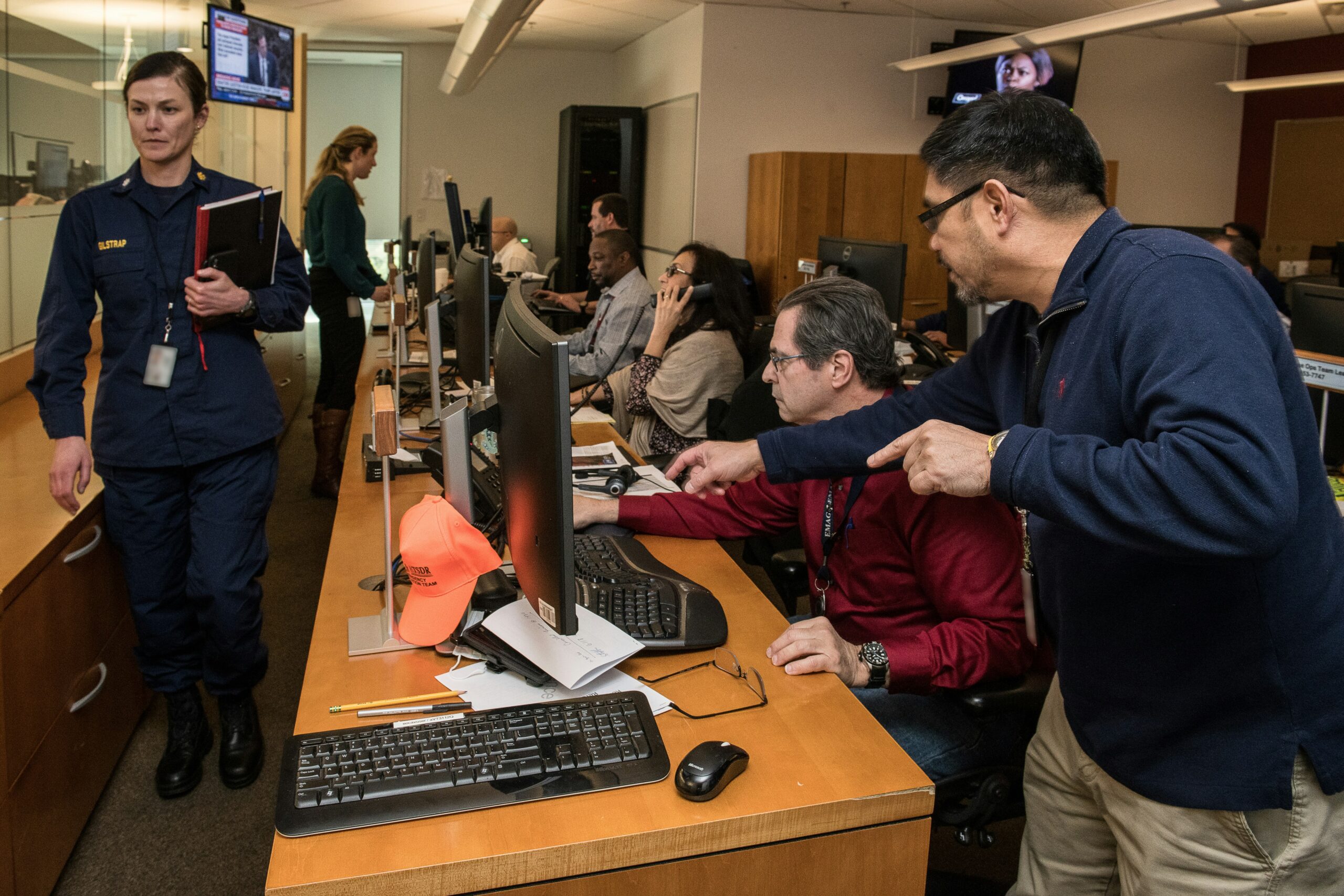S³ situational awareness training provides a structured method for developing situational awareness in incident command. It strengthens how emergency leaders perceive, interpret, and manage information under pressure.
When operational conditions shift, clarity determines control. S³ keeps commanders aware, coordinated, and confident. It turns the principle of situational awareness into a precise, teachable skill for real emergency response environments.
What is S³?
S³ is a three-stage situational awareness model for incident command. It defines how perception, conceptualisation and comprehension work together during complex or fast-moving incidents.
The model helps commanders to:
- Observe and recognise critical information.
- Prioritise essential data for decision-making.
- Situate and update vital incident dynamics
S³ gives structure to situational awareness so it can be practised, assessed, and refined. It supports consistency across all command levels and incident command systems.
Situational awareness is the foundation of every safe operational decision. In the command environment, awareness failure quickly leads to confusion, delay, unnecessary risk, and mistakes.
The S³ Model helps command and control teams:
- Strengthen perception of developing hazards and risk.
- Maintain accurate awareness during escalation.
- Support clearer communication between command functions.
- Rebuild shared understanding when conditions change.
By embedding S³ within training and operations, teams improve their ability to stay responsive, oriented, and in control throughout the incident lifecycle.
S³ Supports Emergency Response
S³ can be applied during live incidents, command exercises, or structured operational briefings. It fits seamlessly within established incident command frameworks, complementing existing doctrine without altering it.
Commander use S³ to:
- Build a current picture of events on scene.
- Identify what information is significant to operational priorities and safety.
- Maintain coherent situational awareness as the incident develops.
This structure helps leaders process information methodically and act decisively even when data is incomplete or uncertain.
S³ – Frontline Design
S³ is designed for operational commanders, emergency planners, and command & control staff responsible for decision-making in time-critical situations. It is useful for fire and rescue services, police, ambulance, and resilience organisations seeking to strengthen awareness and coordination during incident management.
S³ also supports training in emergency response leadership, providing a framework that links human factors, command psychology, and operational effectiveness.
S³ Situational Awareness Training
S³ training forms part of the Responder Resilience programme. Workshops introduce the model and develop the cognitive habits that sustain awareness under stress. Participants learn to apply structured attention and interpretation techniques during practical command scenarios.
Courses are suitable for first-line commanders, strategic leaders, and resilience planners. Programmes can be tailored to integrate with existing command training or delivered as standalone situational awareness modules.
Training outcomes include:
- Improved focus and orientation in complex environments.
- Better recognition of information gaps and overload.
- Stronger awareness recovery after high-stress events.
- Greater confidence in command decisions.
S³ situational awareness training builds the mental discipline that underpins safe and reliable incident command.
S³ turns situational awareness training into a structured discipline for incident command. It provides a clear, practical framework that helps commanders stay oriented, informed, and effective when every decision counts.
By integrating S³ into command training and operational review, emergency services strengthen their ability to maintain awareness, manage uncertainty, and lead with confidence in any situation.



